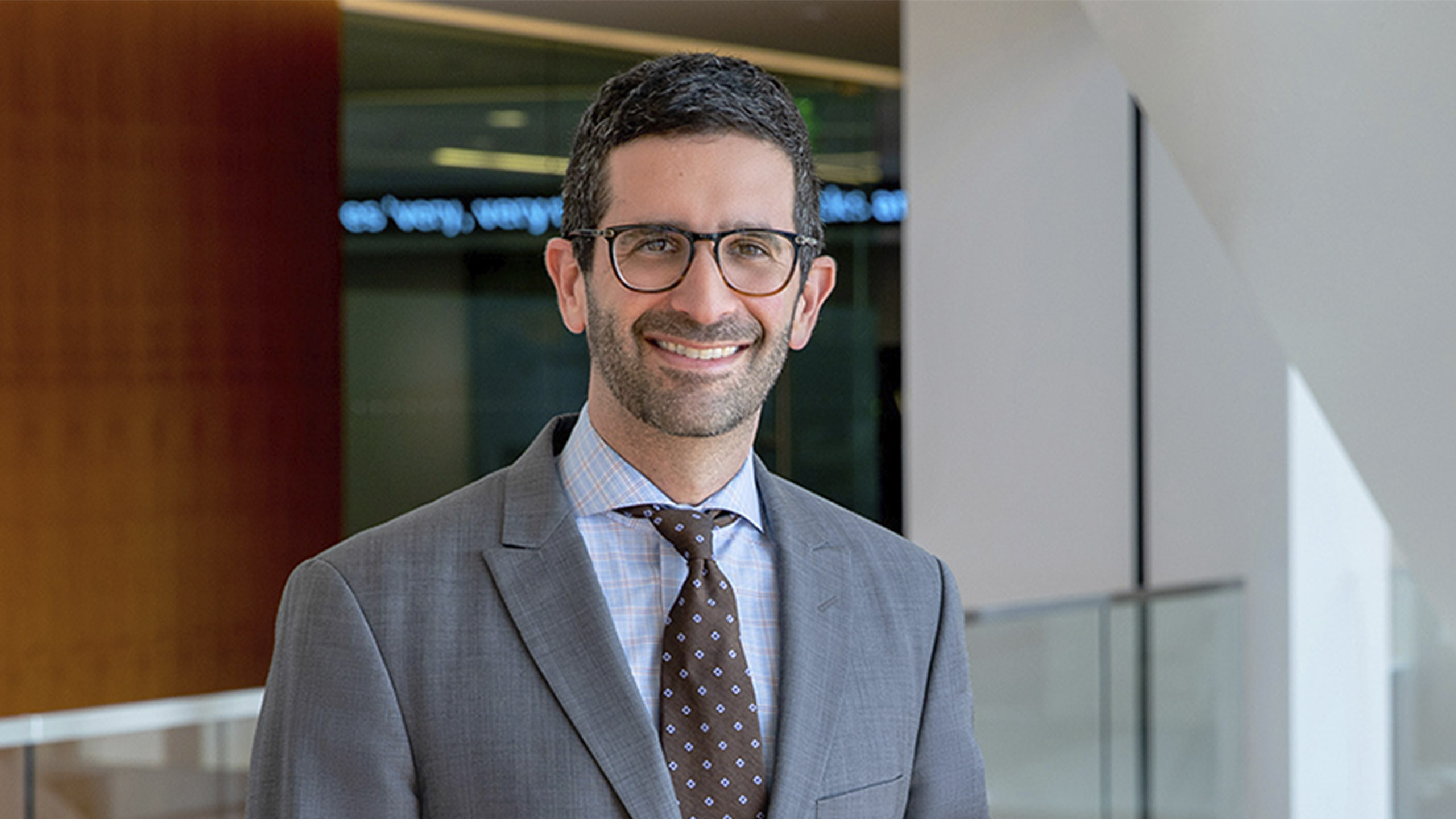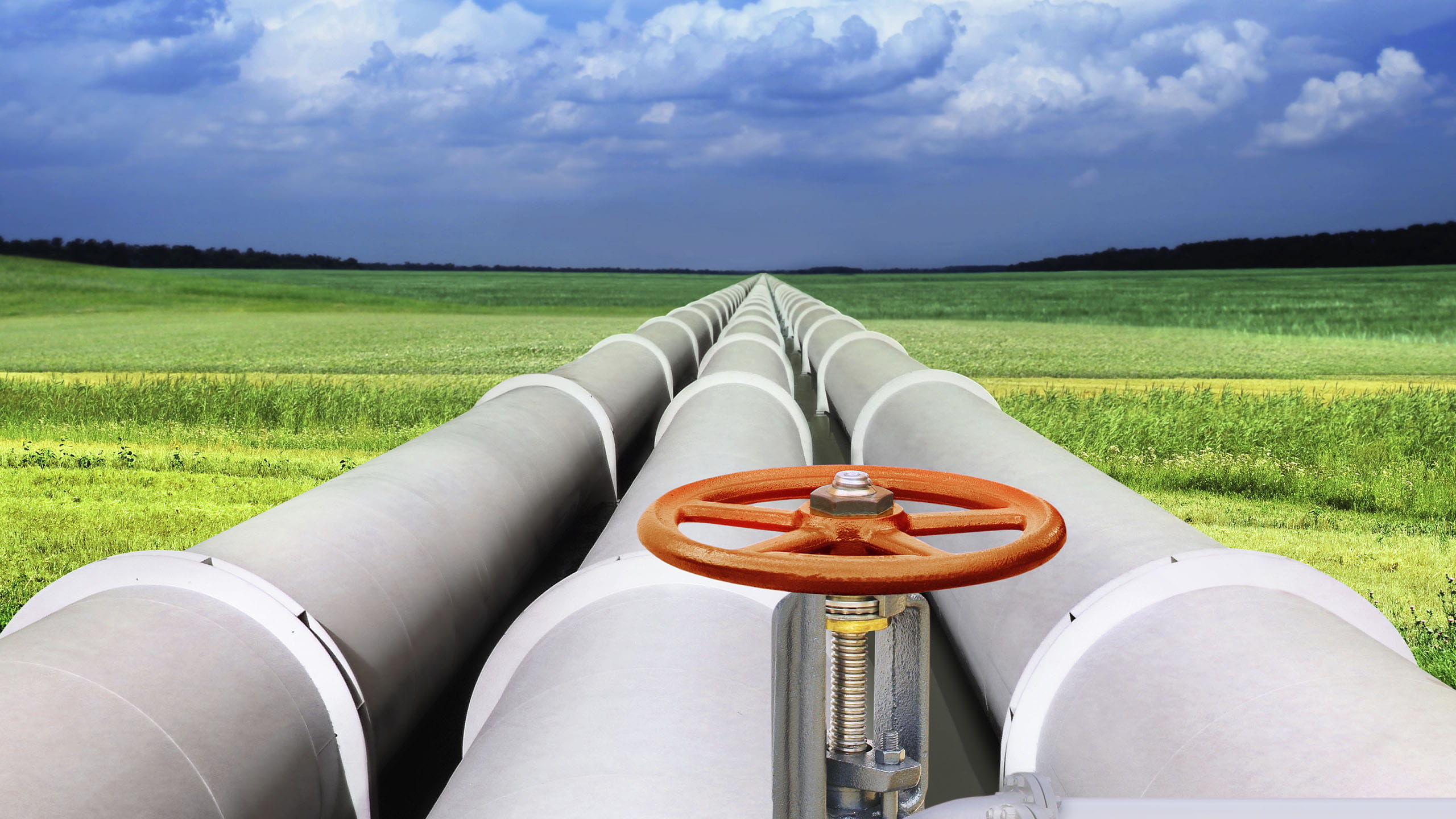


We return from the 28th United Nations Climate Change Conference (COP28) with a mixture of optimism and concern, quite natural when trying to mobilize an entire planet to a common cause despite competing interests. While a lot of work lies ahead to realize many of the goals, the commitment to increasing renewables, nuclear generation and efficiency targets, as well as reducing methane from the oil and gas supply chain, could be material in terms of both short- and long-term implications for the hydrocarbon marketsFootnote1.
The juxtaposition of the COP28 conference (dedicated to reducing greenhouse gas emissions, and hosted in Dubai by one of the largest oil-producing nations in the world) beginning on the same day as the Organization of Petroleum Exporting Countries (OPEC) concluded its delayed semi-annual meeting was one part ironic and one part fitting.
Ironic in the sense that attempts to limit global warming will require a reduction of carbon and methane emissions from producing, transporting, processing and consuming oil, given they are the largest source of global warming gasesFootnote2. At the same time OPEC+ nations as a whole are incredibly dependent on petroleum revenues and have resisted calls for phase out or even, in some cases, “phase down” of hydrocarbons.
While the debate continues regarding the future of hydrocarbons in the context of the energy transition, the oil industry can play a vital role in reducing greenhouse gases stemming from operational emissions throughout their value chains now. Many oil and gas companies and energy-sector investors have both the technical capacity and balance sheet strength to immediately deploy the new technologies to improve the prospects of limiting global warming in the near-term.
In the short term, the buildout of energy sources away from fossil fuels will be incredibly energy and materials intensive, benefiting demand for commodities, and unfortunately also increasing carbon emissions in the process. Rather than burning methane (known as flaring) which causes emissions, it can be converted into natural gas. So in the long term, creating new supply chains for delivering energy, improving energy efficiency, and trapping unintentional methane emissions from the global supply chain (which are now equivalent to 260 billion cubic metres annually, or about 70% of the annual consumption of Europe) could well have deflationary impulses, particularly for natural gas and coal. Additionally, capturing methane emissions from oil and gas operations (which now amount to about 5% of global greenhouse gas emissionsFootnote3), could avoid up to 0.1° C of global warming by mid-century, according to the International Energy Agency (IEA).Footnote4
Looking to 2024, however, OPEC+ and its production policy will have a much more meaningful impact on oil prices than the developments at COP. At the 36th OPEC and non-OPEC Ministerial meeting on 30 November, OPEC+ remained committed to its pre-existing group curtailments, and increased the size of additional individual states’ voluntary cuts by 900,000 barrels per day through the end of 1Q, 2024. While the market has thus far been unimpressed by these actions (precipitating follow-on comments from several oil ministers that these cuts could be extended further based on market balances), we believe that we will more likely see cuts closer to 500,000 barrels per day, as we expect only partial compliance. However, this will prevent seasonal builds in 1Q and support prices in 2024 at levels above current expectations. In addition, the return of Chinese crude-buying appetite in 1Q being a likely catalyst for improved market sentiment.
In addition, we believe sanctions pressure on Iran and Russia, partly a result of a decline in oil prices, which relieves inflationary pressures, is likely to increase in the coming months. While spare capacity exists should markets lose supplies unexpectedly – such as in Venezuela or Guyana – we see geopolitics as a further tailwind to oil, in contrast to most of 2023.
In summary, there are lot of moving pieces, many of which are political, that are likely to have profound and often contradictory impacts on oil and gas markets in the short, medium and long term – and these create opportunities for active management of commodities. For investors, the risks associated with renewed inflationary pressures in the near term, should commodity markets tighten as expected, means owning commodities to hedge a portfolio’s inflation risk could be beneficial.2 Methane can be created in nature (such as in wetlands when plants decompose underwater) and by industry (for example, natural gas is mostly made of methane). It is widely regarded as the second most important greenhouse gas, after carbon dioxide (CO2). According to the European Commission, on a 100-year timescale, methane has 28 times greater global warming potential than carbon dioxide and is 84 times more potent on a 20-year timescale.Return to content
3 Climate trace & IEA data, with methane emissions from oil & gas = ~2.3 gigatons carbon dioxide equivalent (GT CO2e), based on a 100-year global warming potential of 29.8, and total greenhouse gas emissions of about 58 GT CO2e.Return to content
4 The Imperative of Cutting Methane from Fossil Fuels, IEA, October 2023.Return to content

